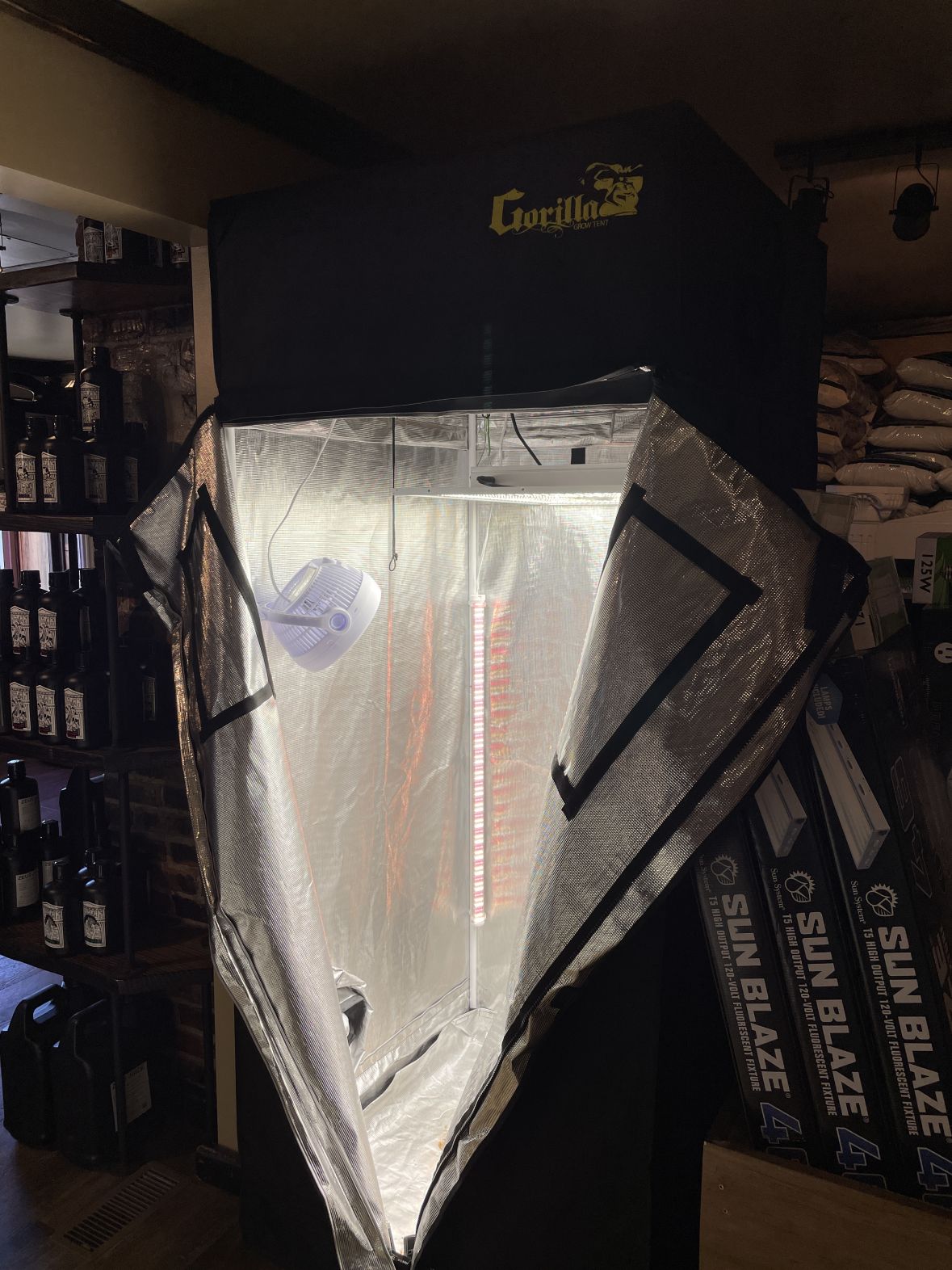Transform Your Planting Experience with The Indoor Earthworm's Innovation
Transform Your Planting Experience with The Indoor Earthworm's Innovation
Blog Article
Opening the Potential of Hydroponics: Comprehending Its Makes Use Of and Different Types
Hydroponics, an approach of cultivating plants without dirt, has gathered boosting focus for its potential to reinvent agriculture and gardening techniques. The accuracy control over nutrient distribution, water usage, and environmental aspects offers a peek right into a future where food production can be optimized in different settings. As we navigate with the detailed landscape of hydroponic systems and techniques, it becomes apparent that each technique holds distinctive benefits and constraints. By deciphering the diverse uses and kinds of hydroponics, we can discover a world of possibilities that may improve how we visualize sustainable farming and gardening practices.
Benefits of Hydroponic Equipments

An additional advantage of hydroponic systems is the ability to expand plants in a smaller area. Hydroponic systems decrease the risk of soil-borne illness and parasites, as there is no soil to nurture these dangers.
Typical Uses in Farming

Provided the effective water preservation and space-saving benefits of hydroponic systems, it is apparent that these ingenious farming techniques have actually discovered typical usages in numerous fields of agriculture. In traditional agriculture, soil-based farming can be labor-intensive and land-consuming. Hydroponics provides a service by enabling crops to be grown without dirt, minimizing water use by as much as 90% compared to traditional farming methods. This makes hydroponics especially appropriate for regions dealing with water shortage or restricted arable land. The regulated setting of hydroponic systems allows year-round growing, offering a consistent supply of fresh fruit and vegetables no matter of external weather problems.
Hydroponics is frequently used for expanding a variety of plants, including leafed greens, tomatoes, cucumbers, peppers, herbs, and strawberries. Its versatility encompasses upright farming, metropolitan farming, and greenhouse production. In addition, hydroponic systems are utilized in study and educational setups to study plant nourishment, growing, and development techniques. The versatility and performance of hydroponics make it an important device in modern agriculture, resolving the challenges of sustainability, food safety, and source optimization.
Discovering Different Hydroponic Techniques
Hydroponic systems offer an array of methods that provide to different plant kinds and growing objectives. Furthermore, the Ebb and Flow system, likewise known as the Flooding and Drain system, periodically floods the plant origins with nutrient service, permitting for oxygenation during draining pipes periods. Each of these strategies showcases the flexibility and efficiency of hydroponic systems in improving crop growth and return.
Comparing Numerous Hydroponic Systems
Checking out the efficiency and return enhancement methods in hydroponics leads us to contrast different hydroponic systems readily available for crop growing. Each hydroponic system has its one-of-a-kind functions, benefits, and limitations, making it crucial for farmers to select one of the most ideal system based on their certain demands and constraints.
One of one of the most usual hydroponic systems is the nutrient film strategy (NFT), where a thin film of nutrient option continuously flows over the plant origins. This system is treasured for its water efficiency and suitability for growing leafy greens and herbs. On the other hand, the deep water culture (DWC) system immerses plant roots directly into the nutrient remedy, supplying adequate oxygen and nutrients. The DWC system is reasonably simple and cost-efficient, making it a prominent selection for novices.
One more preferred hydroponic system is the ebb and flow (or flood and drainpipe) system, which occasionally floodings the plant origins with nutrient option prior to draining it. This cyclic process makes sure proper aeration for the roots while delivering nutrients efficiently. In addition, the aeroponic system puts on hold plant origins airborne and Learn More Here mists them with a nutrient solution, promoting rapid development and high oxygenation degrees. Cultivators seeking a flexible system that reduces water usage frequently choose aeroponics. By recognizing the differences between these hydroponic systems, farmers my blog can make enlightened decisions to make best use of plant yield and top quality.
Developments in Hydroponic Technology
One crucial technology is the development of clever hydroponic systems that make use of sensors and automation to check and adjust environmental conditions such as pH levels, nutrient focus, and light exposure in real-time. These systems enable precise control over growing conditions, leading to ideal plant growth and greater plant returns.
An additional noteworthy advancement is the combination of vertical farming methods with hydroponic systems, allowing for the cultivation of crops in stacked layers. This vertical approach maximizes space utilization, making it perfect for metropolitan environments where land accessibility is limited - The Indoor Earthworm. In addition, the usage of innovative LED lights systems customized to details plant needs has actually boosted power effectiveness and improved growth rates in hydroponic configurations
Developments like these are driving the evolution of hydroponics, making it a highly eye-catching and sustainable alternative for contemporary agriculture.
Verdict
Finally, hydroponics provides numerous advantages in agriculture and has numerous methods and systems that can be made use of to maximize its potential. Technologies in hydroponic innovation remain to enhance efficiency and sustainability in food manufacturing. By comprehending the usages and different kinds of hydroponic systems, farmers and growers can open the full possibility of this ingenious approach of growing plants without dirt.
Additionally, hydroponic systems permit for better control over nutrient degrees, pH equilibrium, and environmental problems, leading to healthier plants and higher returns.

Report this page